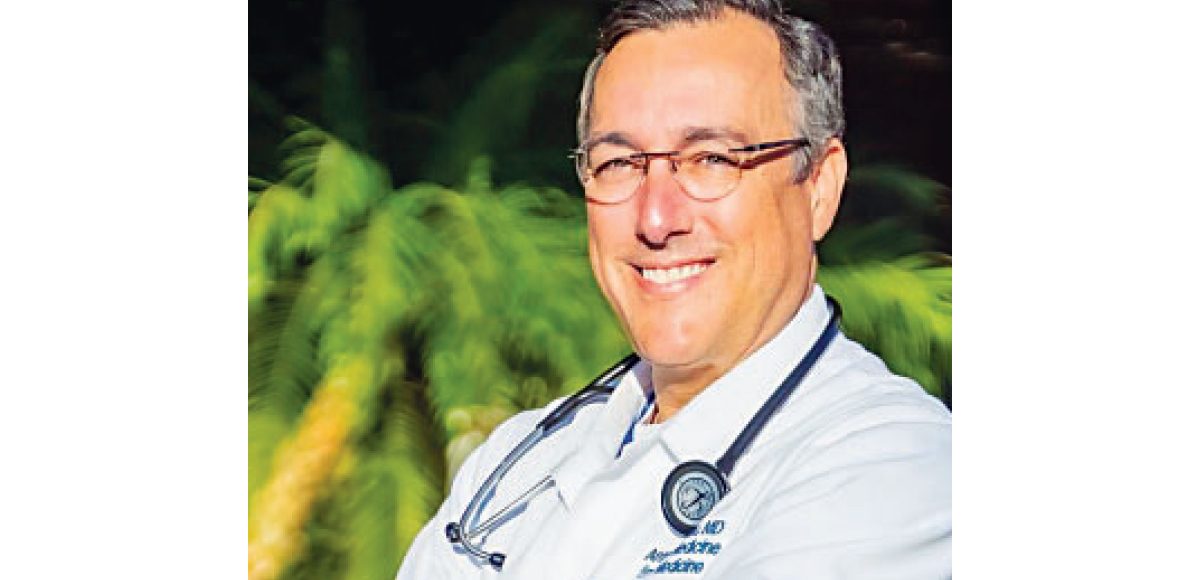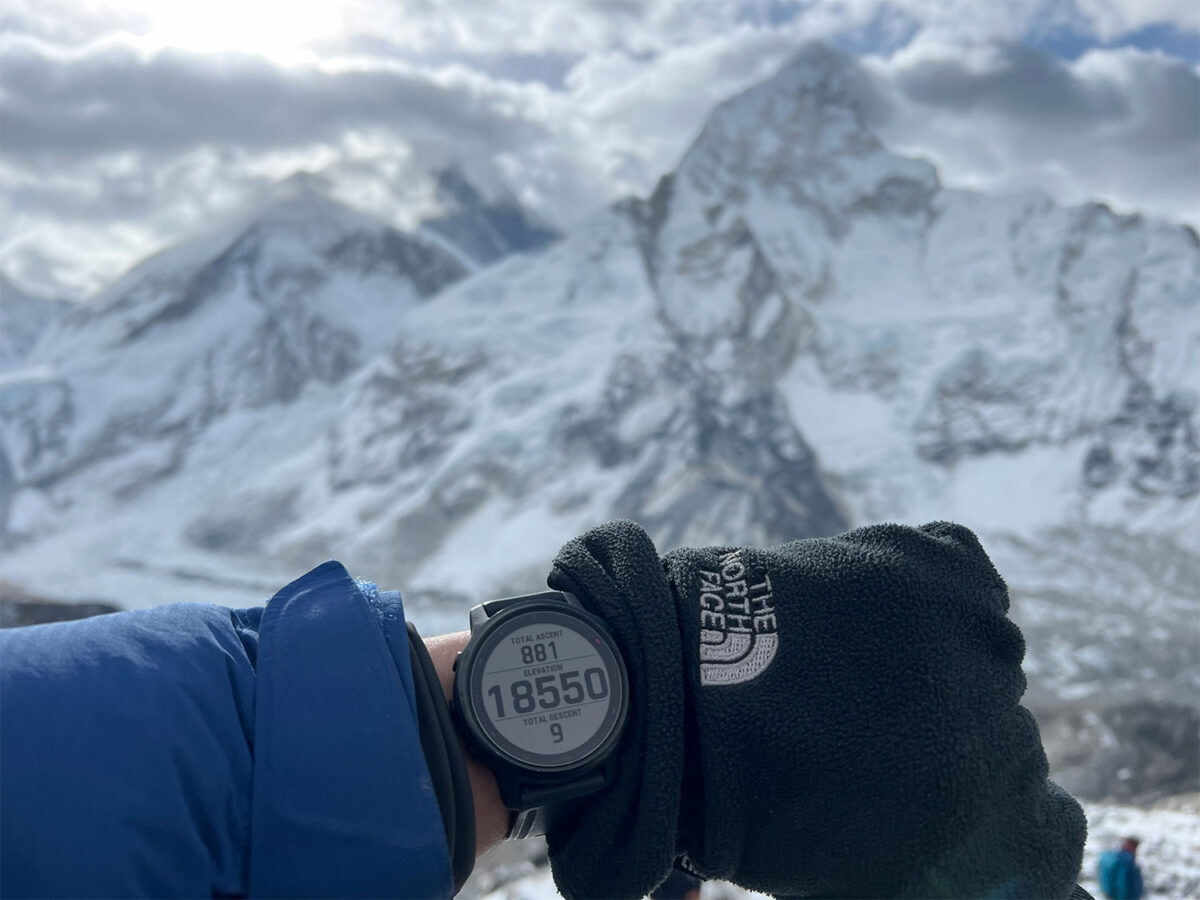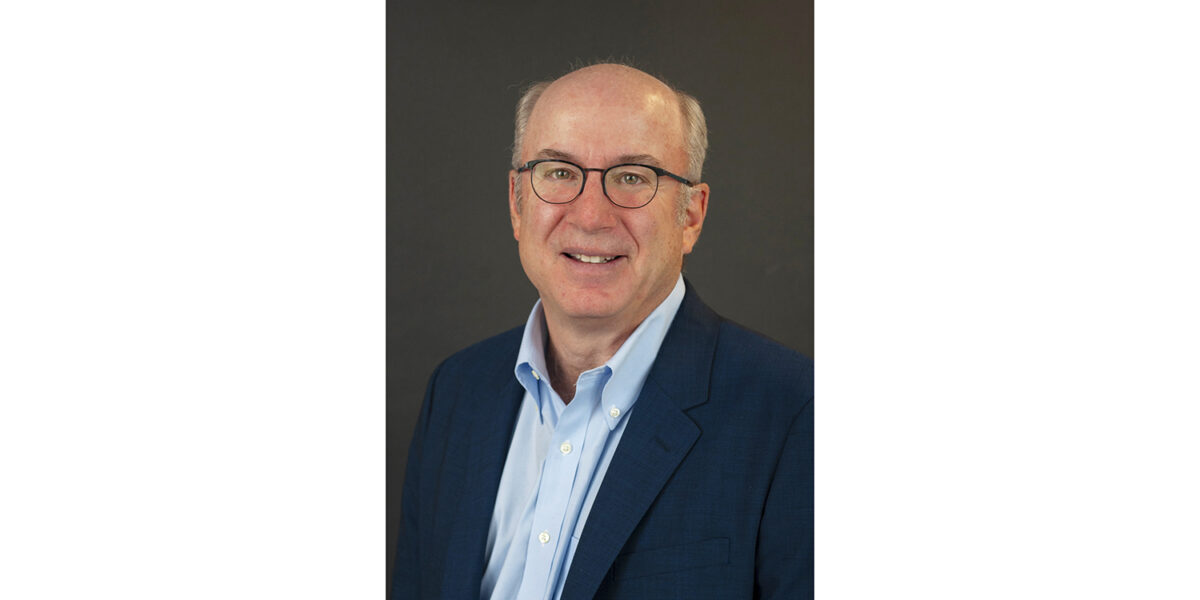In this multi-part series, “COVID-19 and Our Community,” the Courier is profiling healthcare professionals at the frontlines of the current crisis. Anthony Cardillo, M.D. is CEO and Medical Director of MEND Health, Inc., the company that operates MEND Urgent Care Facilities throughout Southern California. A Board-Certified Emergency Room Physician, Dr. Cardillo is also a regular contributor on ABC7 Los Angeles.
Beverly Hills Courier: What have you learned about this virus since patients first began to appear at your urgent care facilities?
Anthony Cardillo, M.D.: We’ve gleaned a lot of knowledge talking to every patient. We began testing on March 9. We’ve had 150 patients out of 2,000 test positive. After speaking at length with each of these patients, we have learned that there is great variability in how they present. Some are totally asymptomatic and were only tested because they were in close contact with someone who was positive.
It’s important to know about them, because they infect others unknowingly. There are also pre-symptomatic patients, who in their first week show no symptoms. They eventually declare symptoms. They’re not as concerning because eventually they declare themselves as sick and we can isolate them, so they don’t affect others. These two groups together are the reason we are doing home quarantines.
Are COVID-19 symptoms evolving?
We’re learning a lot about the variability in presentation. This is not just flu-like, where patients have fever, headache, sore throat and body aches. They tend to have a serious cough and shortness of breath and we’re also beginning to see other interesting manifestations such as dermatologic symptoms, such as rashes and discoloration of the skin, either reddish or blueish. Right now, if anyone has any of those symptoms they should get checked out. If your primary care is closed, use an urgent care to get evaluated if they are providing testing. Of course, if you have a life-threatening condition, you should go to the ER.
Do you believe that our healthcare system in Southern California has the capacity to see us through this? What about testing shortages?
Almost every hospital system in L.A. County is more than capable of dealing with this, so long as the volume isn’t overwhelming. That’s why it’s important to stay home and block transmission. If we can prevent additional spread, it will allow medical establishments to get their resources in order. The truth is, we don’t have the capacity to test every citizen for MOST disease process on an emergent basis, let alone one that was discovered just three months ago. We all need to be realistic with our expectations of the health system. Before the current epidemic, very few people had 30 days’ worth of food stored up in their homes for a crisis. We certainly don’t expect the construction industry to have thousands of jackhammers to prepare for a national earthquake. It is not fair to expect hospitals to have stockpiled PPE or ventilators when our supply chain is so good for ordering these supplies. Having huge stockpiles just wasn’t a necessity given how easy it is to order medical supplies. People have to be realistic about their expectations and know that the systems are working very diligently to get all the required equipment. Perhaps this will be a learning lesson for all of us.
In other words, we don’t necessarily have shortages. But we need to ramp up, which will take more time, right?
We need a period of time to prevent those with the infection from infecting the rest of the community while the medical establishment gets ready. We have to build the infrastructure and technology to be able to have these tests done. We may need to spend the next six months gearing up and eventually testing as many people as we can. There are limits to how fast labs can process the virus. The original concern with the PCR [short for polymerase chain reaction, used to amplify a segment of DNA] COVID-19 tests was a shortage of the nasal swabs. But that’s been sorted out. And, with the antibody tests, the variable is how fast the labs can give us results. Most importantly, we will use this time to prepare for next season, when we will hopefully have a vaccine and maybe even treatment as well.
There is some confusion out there about antibody tests. Can you explain why they are important?
Antibody testing tells us who was exposed and who has immunity. Once we know who has that immunity, they can possibly be the first to go back into society. They’ve already been infected and are presumed to not be at risk for infecting others. But, this will need to be decided by our state and local governmental officials in conjunction with our Department of Public Health with how we proceed with using these antibody tests. At one point, the FDA was looking at more than 70 rapid fingerprint tests for antibodies. They eventually approved about four of them, but only for use in a lab. So, right now, we need to do a blood draw in order to do the tests in the doctor’s office. The tests are very important, to help describe to the health department the percentage of those who are immune. That in turn may direct us tremendously on how to prepare to get society back.

What else do we need to do at this point to get “society back?”
The mainstays are vaccination, immunization and testing. If you think about it, that is what gives us a sense of security about seasonal flu and influenza. We have severe illness and death each year. But we have a yearly vaccine and we have Tamiflu. The point we will need to reach with this virus is herd immunity. That’s achieved once 60 percent of a population is immune, either through vaccines or prior exposure. That means the virus cannot be passed around. It can’t infect enough people to let that virus take hold. There is a lot of talk about whether it is fair to open up the economy based on immunity status. We use the same concept with kids and school as well as travel to many countries. Every year parents have to present proof that their child has been vaccinated and is thus immune. People need to have vaccination proof for travel to many countries. It may be that we develop a vaccine for COVID-19 that is good for life, such as we have with measles, mumps and rubella. Or it may turn out to be like the flu, in that every year we need to create another vaccine. We will have to see with next year’s season and how well our vaccine works.
Are there interim steps we can take between now and the “herd immunity” stage to get back to normal?
Things can be done in a graduated way. I imagine we will take certain areas of employment beyond the essential ones now, such as health care and food workers. We will go down into the next level of what is necessary. Before they can enter into the work force, we may consider doing antibody and molecular testing to put people back to work. The critical piece of data is what percent of people have antibodies.
USC recently tested 1,000 people and they found that 4.1 percent of that sample population had antibodies to the Coronavirus. This is very valuable knowledge. It will help to direct the next step. We’re trying to build out as many testing sites as possible to do both molecular and antibody tests. We’re offering PCR tests on a drive-thru basis in conjunction with Westfield Malls in Sherman Oaks and Culver City. We also can send a provider to your home to collect a blood sample.
Based on your practice here, you believe COVID-19 may have been here as early as late last year. Can you explain?
As doctors, we know that every October we have the start of the flu season. When we’re working in the ER or urgent care and inevitably get notified that the first flu case came in. Within a week or two, the flood gates open and we start seeing many cases each day of people. We start seeing many people with fever, body aches, cough and congestion. We do a flu swab on all the patients. But in mid-December of last year, we started having a lot of people with some of these classic flu systems but had negative flu test results. We called it the flu and assumed a possible negative flu swab result and gave them Tamiflu. We now realize that it was most likely very early Coronavirus. It was probably widespread throughout Wuhan in November and December, while people were still traveling. We didn’t recognize it here until we had a cluster in a nursing home. But it was already here. There are reports coming out this week actually that have been able to trace the first COVID-19 related death to Feb 6 through recent autopsies.







